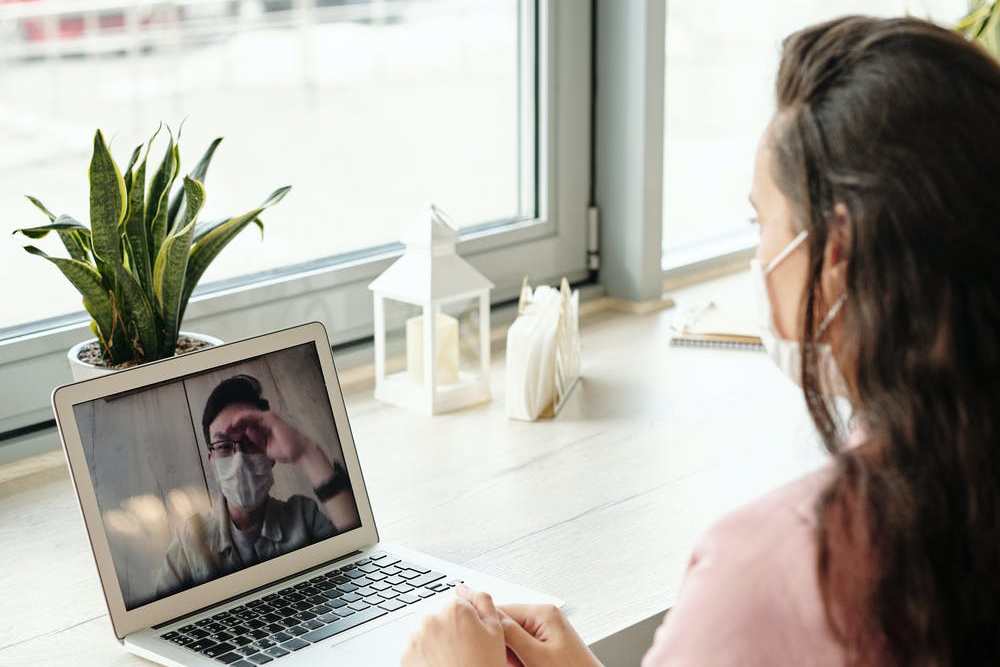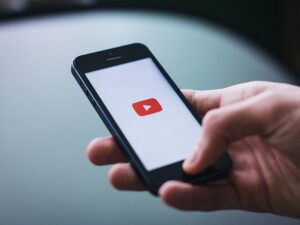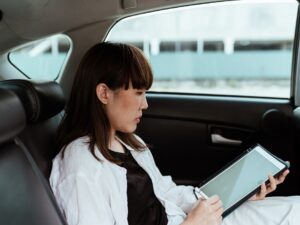- Why Is Web and App Localization So Important to Chinese Users
- Asian Market Watch: How the US-China Trade War Impacts the 5G Industry

Started early 2020, the novel coronavirus, also called COVID-19, struck the world hugely and turns everything upside down. The virus is highly contagious and is transmitted mostly through the inhalation of droplets from a person who has the infection. By June 2020, the global death toll from coronavirus has reached 400,000, with the US and Brazil accounting for more than a third of all infections and all deaths.
In an attempt to curb the spread of the deadly virus, many countries around the world, especially UK and the US, imposed restrictions to public life that brought production lines to a halt and shuttered many businesses. With most of coronavirus lockdown measures taking place in the second quarter, the world economy already faces an economic downturn worse than the Great Depression.
Amid all the uncertainties in fighting COVID-19 pandemic, Internet of Things (IoT) has been acting as a major tool in helping to limit the spread of the virus. The global IoT market is likely to gain impetus from the ever-increasing utilization of connected devices for medical applications.
Medical IoT applications have been around for a long time. They are ready to help during this hard time. Various companies have roll out solutions to fight the highly transmissible disease, such as wearables for tracking potential carriers, geofencing alert for quarantined citizens, video health consultations, and remote monitoring of patients in isolated rooms. some of them were modified from long-term care solutions, and some were found especially helpful in this particular time.
Nurses and doctors are under immense stress. They have to follow the highest degree of safety rules to prevent disasters from happening within the hospitals. One of the major sources of stress is putting on and off the protective gears. It is time consuming. And every time they do so to take care of the patients in isolation rooms, they are under the risk of infection. Web cameras and remote measurement devices allow medical personnel to monitor patient conditions, eliminates the need of entering the isolation room every few hours. Without wasting protective gears and time, stress and labor is further reduced.
Geofence tags provides proximity detection to trace back contact history. It can also alert the wearer to follow social distancing rules. If deployed at large scale, they can stop the potential spread. At each case confirmed the people that have contacted the patient will be notified and be aware of the potential transmission.
Innovations other than IoT’s are rising, too. In fact, with better computing capability and flexibility, Smartphones apps are more widely used than equivalent IoT devices for location-based applications. Rather than specially made hardware, smartphones are already part of our lives. In Taiwan, the government gives out phones to keep the local governments to be in contact with quarantined citizens to provide food delivery, monitor health conditions and make sure the person stays safe at home with geofencing.
Technology drives the modern world. We have more powerful options than decades before. At last, I would like to give my thanks to all the medical workers in the world for keeping us safe and healthy. And let us not forget to support them with, for example, the best technologies.
Author: Chang Chia-Chi
Editor: Stella Kao
X Creative Media, a localization and digital marketing expert based in Asia, provides first-hand market information, insightful analysis and local knowledge about Asia and the world.
Follow us in Social Media:
Twitter: www.twitter.com/X_CreativeMedia
Facebook: www.facebook.com/xcreativemedia
Instagram: www.instagram.com/xcreativemedia





